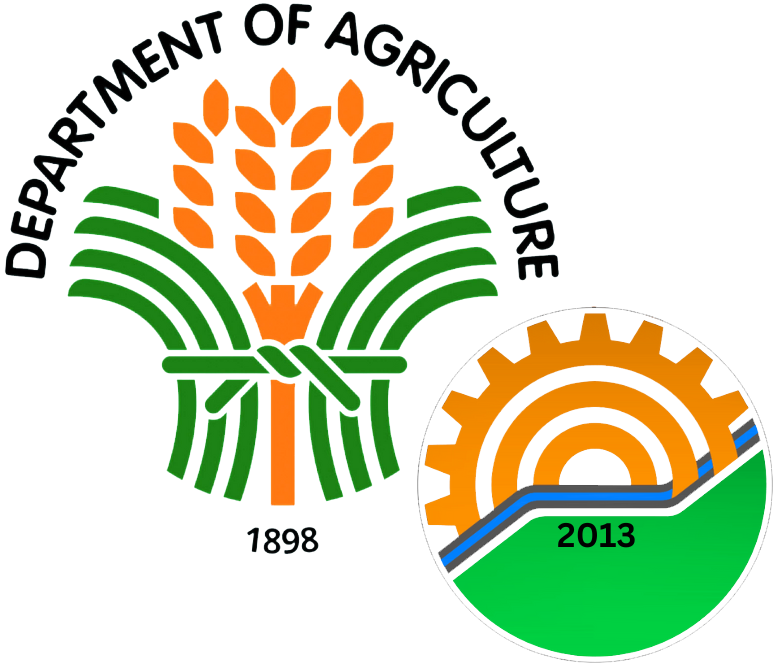Skip to content
- The Department of Agriculture – Bureau of Agricultural and Fisheries Engineering (DA-BAFE) organized an online consultative meeting on the formulation of draft pro forma ordinances for the creation of agricultural and biosystems engineering (ABE) offices in local government units (LGUs), from the provincial, city, and down to the municipal level.
More than a hundred representatives from Regional Agricultural Engineering Divisions (RAEDs) and LGUs from all over the country attended the meeting facilitated by the bureau’s Programs and Project Management Division (PPMD) on March 8, 2021.
DA-BAFE Director Ariodear C. Rico said that “the meeting is a very important indication that LGUs are becoming stronger and visible in terms of addressing the challenge on how to implement on the grassroots level a memorandum circular signed last year.”
The DA-DBM-CSC-DILG Joint Memorandum Circular No. 2 series of 2020 which became effective by October 3, 2020 sets the implementing guidelines on the strengthening and establishment of the ABE groups of LGUs.
The level of organization in provinces will start from a division which could later on be strengthened into a department, and in those provinces with existing agricultural engineering divisions like Isabela, they can elevate those divisions into a department level. In accordance with the section 29 of the AFMech Law (RA 10601), cities would start with division level which could be elevated into a department. Municipalities would start as a section, then upgraded into a division and later on to a department, Dir. Rico expounded.
Functions of an ABE section, division, and department in LGUs are similar. The consultation tackled the level of organization, number of mandatory engineering positions to be created, staffing pattern, as well as the functions of each position.
Upon finalization of the ordinances, Secretary William D. Dar will issue a DA memorandum which will be circularized to the regional field offices (DA-RFOs) who would in turn circulate the memo to the LGUs and monitor its implementation.
Another matter is that DA will make a representation with DILG to circularize the memorandum to all DILG regional, provincial, and local offices to advocate participation of local chief executives.
A massive monitoring on the compliance for implementation will be conducted, a timely action in line with the Mandanas ruling. DA-BAFE has consulted the Department of Budget and Management which recognized that the creation of ABE offices is a vital office in the LGU, Dir. Rico added.
While the delineation of function between DA-BAFE and RAEDs is quite clear, the delineation of roles between RAEDs and provincial LGU ABE offices are not clear cut. Consequently, the roles of provincial, municipal, and city ABE offices needs to be clearly established.
DA has allocated funds for agricultural and fisheries mechanization from the GAA (General Appropriations Act), and has prepared a national and regional AFMech plans. Dir Rico underscored the need to clearly delineate and harmonize the roles of the ABE offices in local government units.
Irrigation facilities, specifically communal irrigation systems and small water impounding projects, are also included in the devolution. The National Irrigation Administration (NIA) is preparing the devolution of communal irrigation systems to LGUs. The joint DA-DILG circular tasks the ABE group to handle the communal irrigation systems. Based on the Local Government Code, these projects are lodged into city and municipal LGUs. Hence it is important to identify the role of the provincial LGU along the transition.
LGUs are essentially strong in terms of the construction of farm-to-market (FMR) roads. On the national level, DA-BAFE is pursuing the Farm to Market Road Network Plan (FMRNP) in collaboration with the RAEDs which are prioritizing the regional FMR network plan.
Dir. Rico said that provincial ABE office needs to build their capacity and prepare their respective provincial, city, and municipal FMR network plan that will serve as basis for the construction of FMRs to be funded by the national government, 20% economic development fund, DAR, and DPWH among others. “Although this is a very tedious process, I am proud to say that DA-BAFE is now on the advanced stage,” he concluded. ###Marshall Louie Asis, DA-BAFE (Published on March 10, 2021)

















